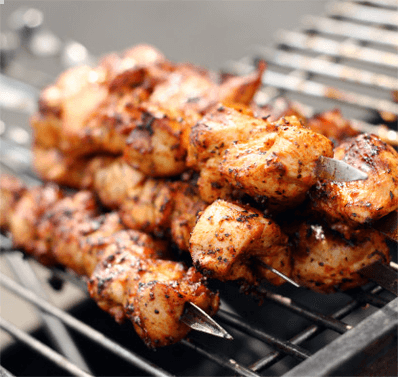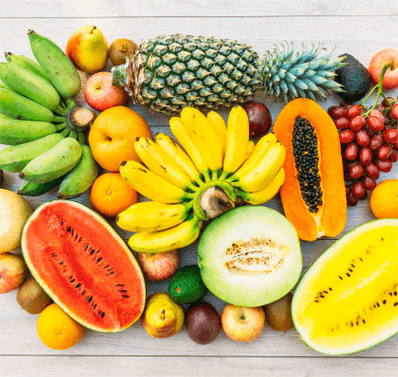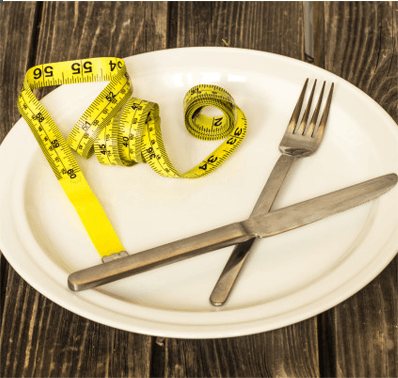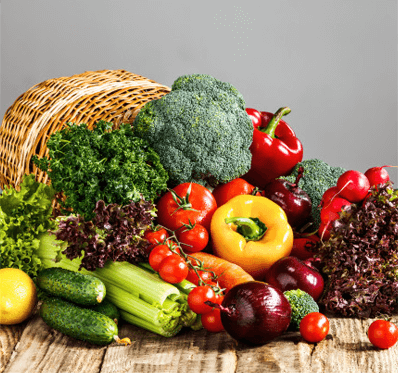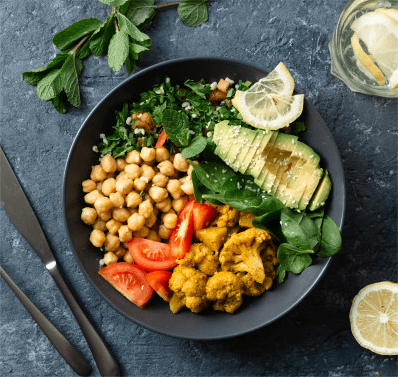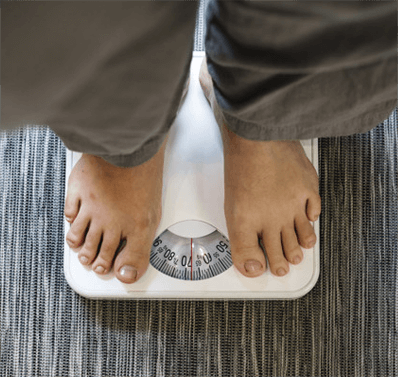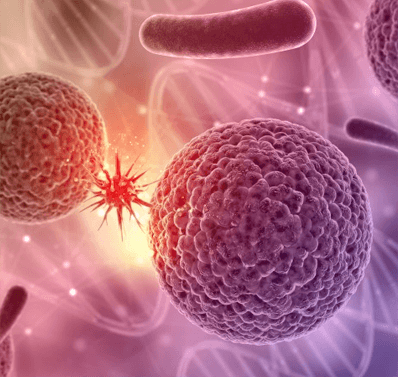Diets can be described as fixed or outlined eating and drinking plans for a particular purpose such as weight loss or weight gain, or for managing medical conditions. Especially for weight loss, some meal plans are healthy and sustainable in the long run, while others, though effective in the short run, are very restrictive and may harm your body. While some diets limit carbohydrates, calories, or unhealthy fats, others focus on reducing your appetite.
So, what are the different types of diets that are considered best by nutritionists? Here is a detailed breakdown of the most common diets that you may come across.
1. Ketogenic Diet ( Keto Diet): This diet restricts the daily carbohydrate intake so that your body is forced to burn out more fats for fuel as the main source of energy instead of carbohydrates. This diet is rich in proteins such as meat, fish, eggs and healthy fats such as nuts, seeds, nut butter, avocadoes etc. This diet helps in weight loss, managing diabetes, lowering blood pressure and triglycerides and also, is used as part of treating epilepsy. This diet can cause nutrient deficiencies and constipation due to the lack of whole grains, beans, fruits and many vegetables in the diet. Can also cause short-term side effects in the form of “keto flu “which involves fatigue, headache, brain fog and upset stomach. Long-term health risks include kidney stones, osteoporosis, and liver disease.
2. Blood Type Diet: The idea behind this diet plan is to eat right for your blood type. Following a diet and lifestyle that suits your blood type will make you healthier, help you reach your ideal weight, and even slow down the aging process.
- Type A blood group members should include vegetables, soy protein, and grains. And avoid red meat
- Type B – Should avoid certain foods like corn, wheat, buckwheat, lentils, tomatoes, peanuts, sesame seeds, chicken and instead opt for lamb, mutton, eggs, green vegetables, and low-fat dairy products.
- Type AB members- Can include tofu, seafood, dairy, beans, grains, and green vegetables. They should avoid alcohol, caffeine, smoked and cured meats, corn, and chicken.
- Type O blood group members are advised to consume fruits, vegetables, and lean, organic meats and stay away from wheat, dairy, caffeine, and alcohol.
3. Mediterranean Diet: The Mediterranean diet is a way of eating that is based on the traditional cuisines of Greece, Italy and other countries that border the Mediterranean Sea.
Plant-based foods, such as whole grains, vegetables, fruits, nuts, seeds, legumes, herbs, and spices, form the base of the diet. Olive oil is the major source of added fat.
Fish, seafood, dairy, and poultry are included in moderation. Red meat and sweets are eaten only occasionally. This diet has various health benefits including reducing the risk of cardiovascular diseases, improving sleep quality, and also losing weight.
4. OMAD: OMAD stands for “One Meal a Day”. In this diet you fast for 23 hours in a day, and you get 1 hour for your meal. It can either be in the morning or at night depending on your convenience. This diet helps in weight loss, managing type 2 diabetes, improving cardiac function. But OMAD is not a good option for those who lack motivation and cannot resist temptations.
5. DASH Diet: Dietary Approaches to Stop Hypertension or DASH, is a diet recommended for people who want to prevent or treat high blood pressure also known as hypertension and reduce the risk of heart disease. This diet promotes the intake of fruits and vegetables with some amount of lean protein sources such as chicken, fish, and beans. The diet is low in red meat, salt, added sugars, and fat.
6. Intermittent Fasting: Intermittent fasting (IF) is an eating pattern that phases between periods of fasting and eating. With intermittent fasting, you only eat during a specific time which is your eating window and fast for the remaining hours. For example, you may choose 16/8 fasting, which means finishing your meals within eight hours and fasting for the remaining 16 hours. This diet helps with weight loss, diabetes management and is also found to boost energy levels as well as memory.
7. Vegan Diet: A vegan diet contains only plants (such as vegetables, grains, nuts, and fruits) and foods made from plants. Vegans do not eat food that comes from animals, including dairy products and eggs. With good planning and an awareness of what makes up a healthy, balanced vegan diet, you can get all the nutrients your body requires. If you do not plan your diet properly, you could miss out on essential nutrients, such Vit B12, Iron, and Calcium.
8. Gluten-Free Diet: A gluten-free diet excludes any food that contains gluten, which is a protein found in wheat and several other grains such as oats, rye, barley. This means that wheat and maida-based food items such as chapatis, parathas, bread, cakes, biscuits, and so on would be a big No-No in this diet. You can opt for gluten-free grains such as millets, amaranth, quinoa as an alternative. A gluten-free diet can provide many health benefits, especially for those with celiac disease. It may help ease digestive symptoms such as bloating, gas, diarrhea, and constipation It can also reduce chronic inflammation, boost energy and promote weight loss.
9. MIND Diet: MIND diet stands for Mediterranean-DASH Intervention for Neurodegenerative Delay. It is a mix of both Mediterranean and DASH diet and focuses on the foods in each, that specifically improves brain health and lowers the risk of mental decline. This diet encourages to consume more of leafy greens, nuts and berries which promotes brain health. Since this diet is also less in carbohydrates it helps in weight loss too.
10. Flexitarian Diet: The word flexitarian is simply the combination of the two words flexible and vegetarian. It’s more flexible than fully vegetarian or vegan diets. In this diet the focus would be mostly in consuming vegetables, fruits, legumes and whole grains and eating less of animal protein. This diet is flexible, and one can incorporate meat and animal products from time to time. For example, out of the 21 meals taken per week 15 meals would be purely vegetarian and the remaining 6 meals can have non-vegetarian sources added. A flexitarian diet is easier and healthier than many other diets because it is very moderate and flexible in its approach and also because there would be less chance for you to develop nutritional gaps compared to other more extreme diets, like the vegan diet or keto diet.
 Gynecologist
Gynecologist General Physician
General Physician Orthopedician
Orthopedician Dietitian
Dietitian Pediatrician
Pediatrician Dermatologist
Dermatologist Psychiatrist
Psychiatrist Andrologist
Andrologist Diabetologist
Diabetologist Urologist
Urologist Gastroenterologist
Gastroenterologist General Surgeon
General Surgeon Endocrinologist
Endocrinologist Dentist
Dentist Cardiologist
Cardiologist Pulmonologist
Pulmonologist Fertility Specialist
Fertility Specialist Oncologist
Oncologist Neurosurgeon
Neurosurgeon Nephrologist
Nephrologist Neurologist
Neurologist Sports Medicine
Sports Medicine Cosmetologist
Cosmetologist




